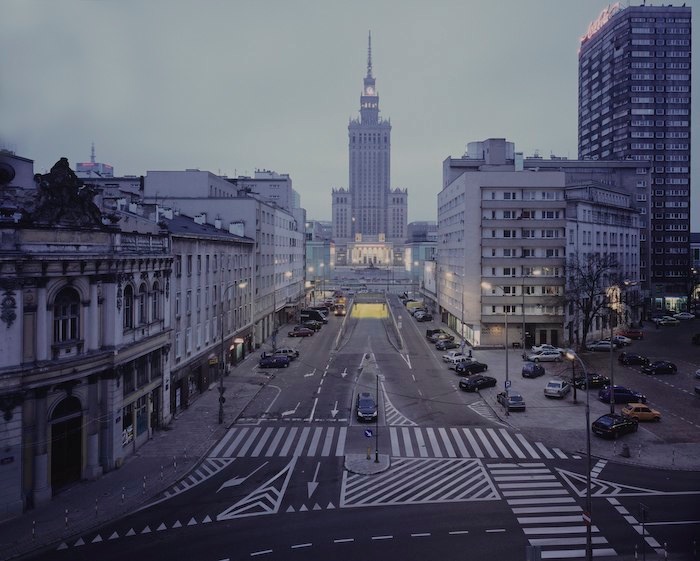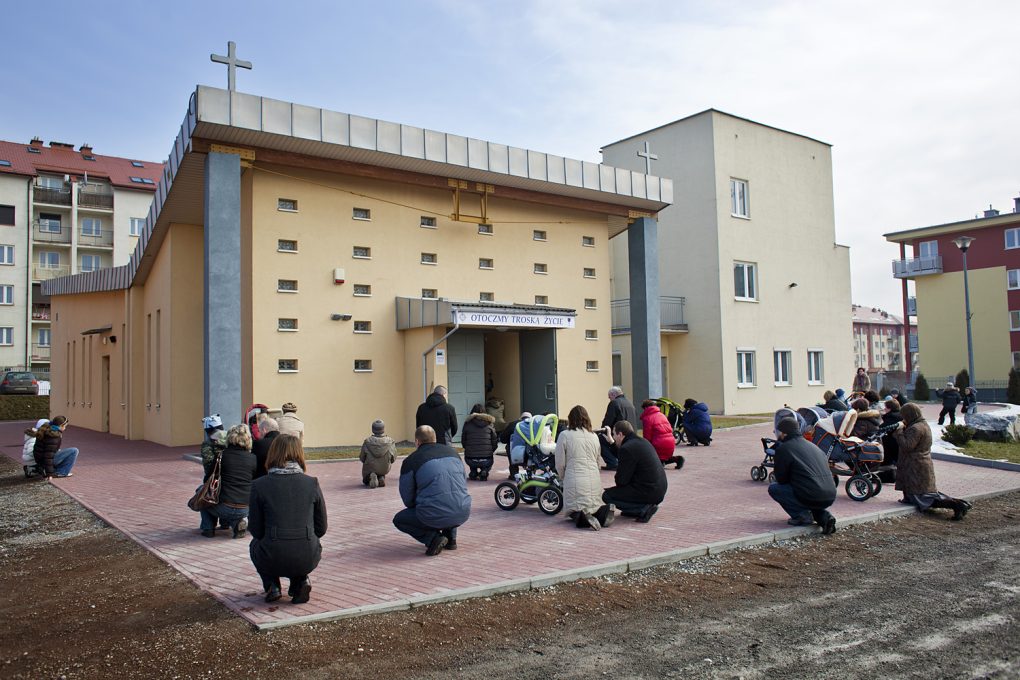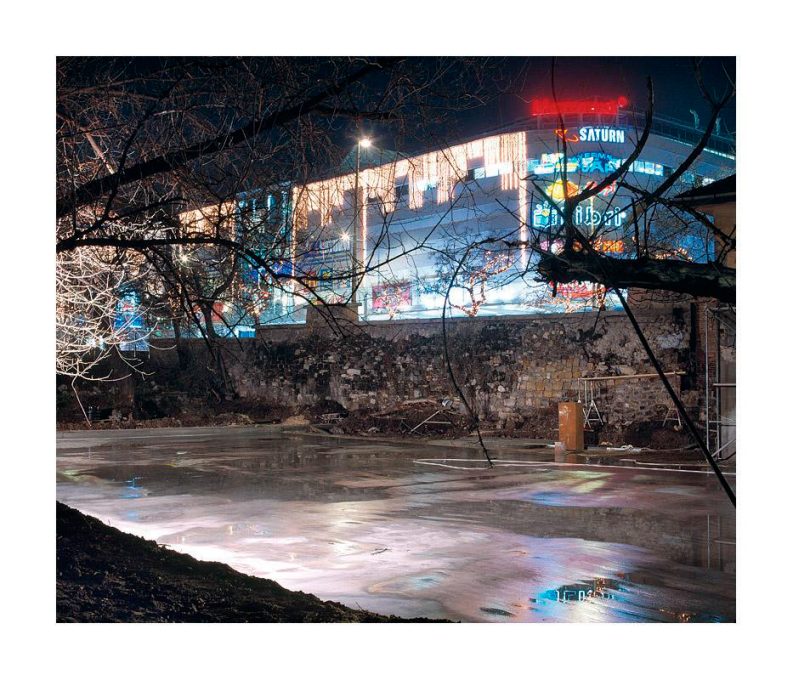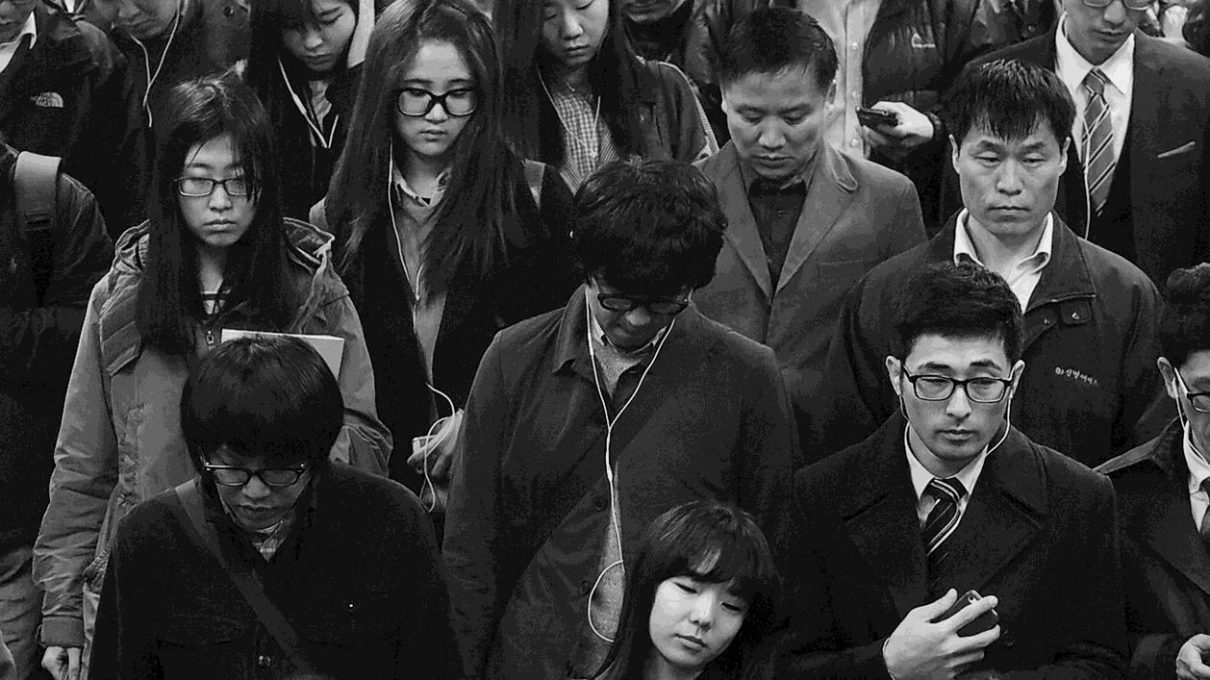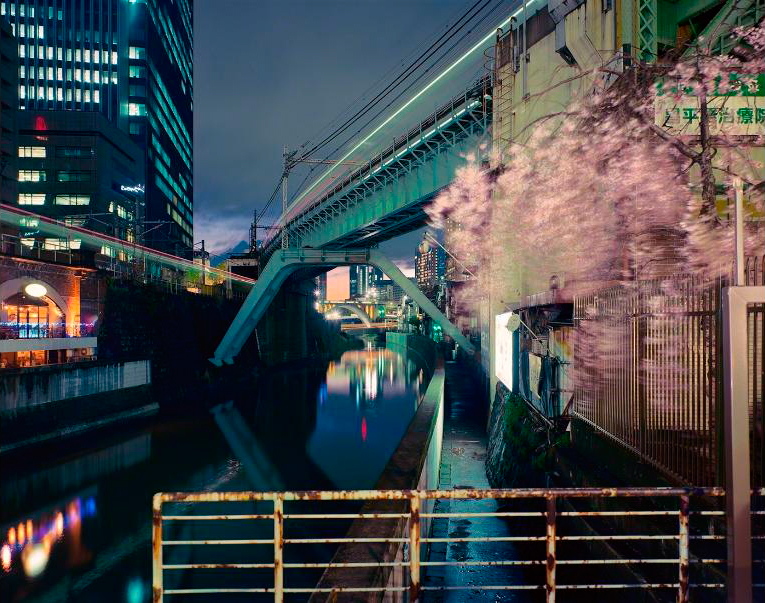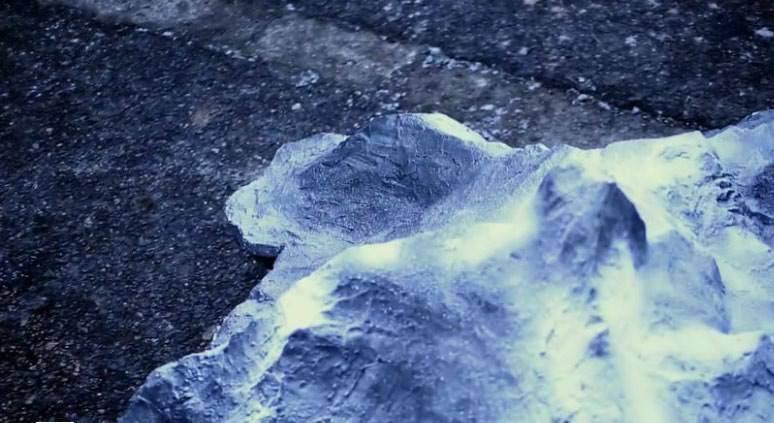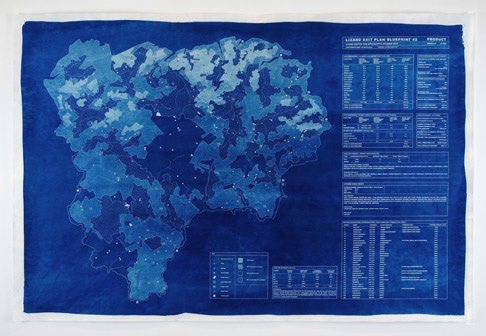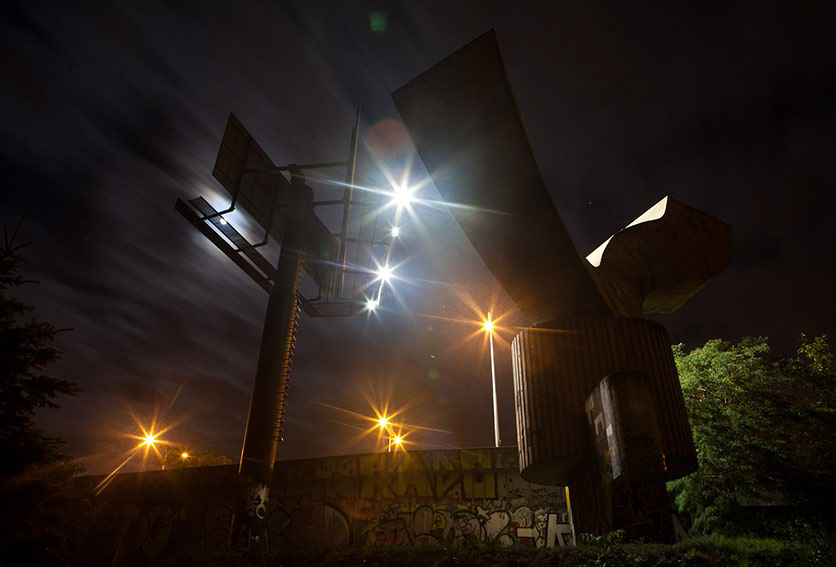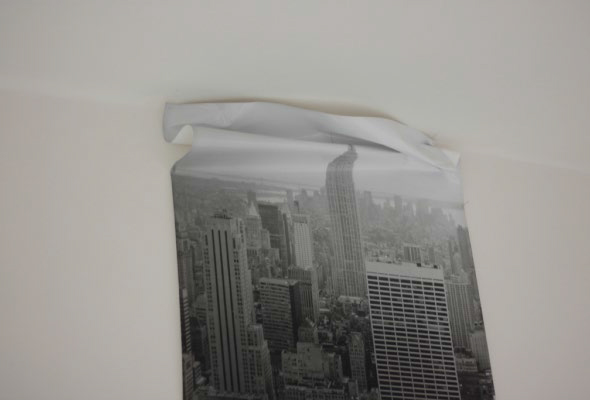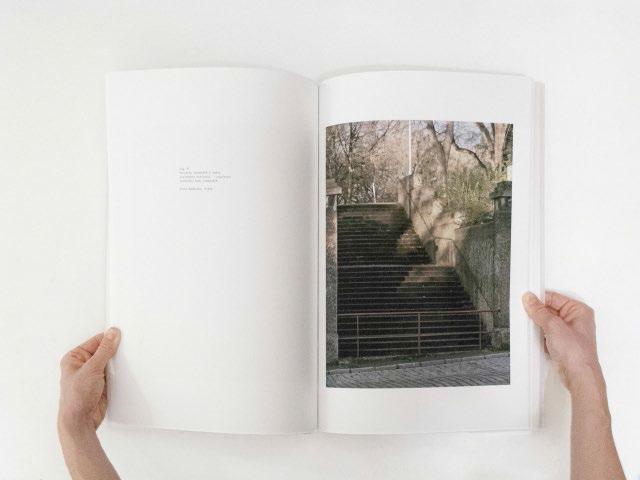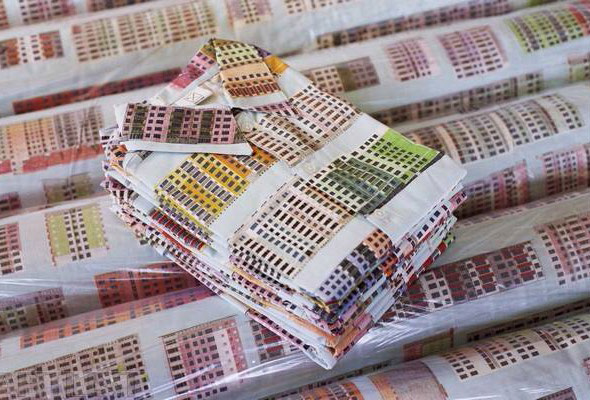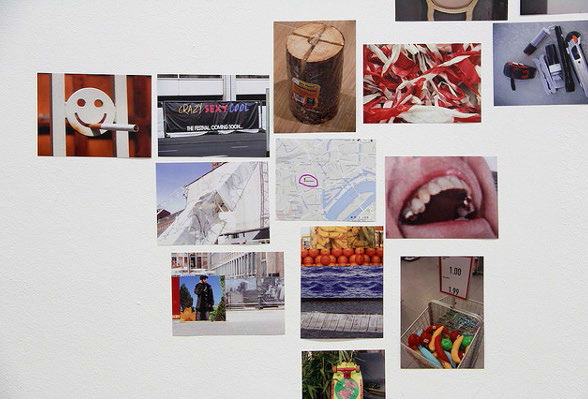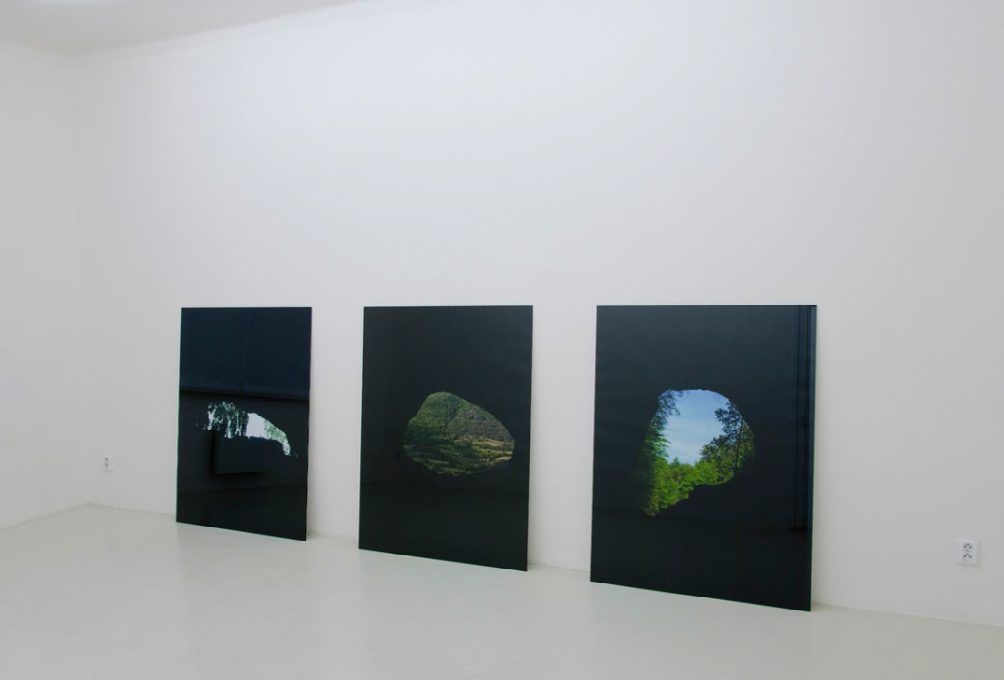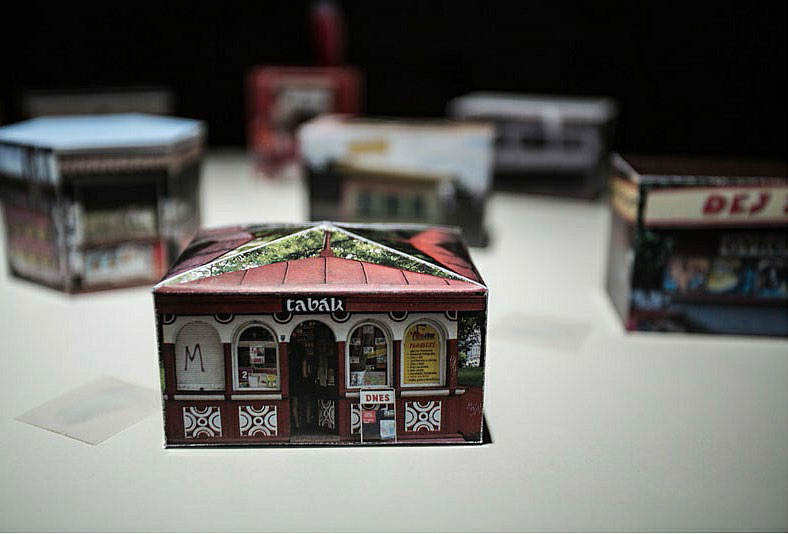Exhibition itself is structured in three consequent chapters (1. Hungary, 2. Czech Republic and Slovakia, 3. Poland) connected by one overarching topic that is the motion or a rhythm of the city. We will invite artists from all Visegrad countries to participate in our exhibition.
Usually we think about cities and our surroundings in terms of architecture, streets and infrastructure; we approach it as a geographically, culturally and historically specific entity. But beyond this apparent city, there is second one; space of motion, passage, time and indeed velocity; rhythm that is what makes the city such specific, prolific and historically important environment. It is this velo(city) we enter and attune ourselves to everyday, it determines the rhythm of our life and conversely it allows us to participate, transform and thus realize the city itself as outlined for instance by Guy Debord in his Introduction to a Critique of Urban Geography or by the situationist strategy of dérive. Cities are supposed to be centers connecting diverse peripheries. We want to redefine this relation, both in respect to the city and from the perspective of Visegrad region. Centers and cities are not only covering and setting the environment for peripheries. But this relation involves certain motion, mutual exchange and dynamism. Our exhibition aims at representing this specific rhythm of Visegrad region and its cities.
Chapter Hungary, Faur Zsófi Gallery
Artists: Gábor Arion Kudász, Ádám Magyar and Gergely Szatmári
Faur Zsófi Gallery proposes a curated group exhibition with the works by Gábor Arion Kudász, Ádám Magyar and Gergely Szatmári. The works of these artists focus on how humans life, or more importantly a person’s life and perspective changes because of its surroundings, and in turn how this changes their living space and our view of it.
Life in the city – or anywhere else for that matter – is highly subjective, based on our personal space within the fabric of the city. The road we take every day to work, our neighbourhood, the places we like to visit and spend some leisure time, the people we meet every day. The relations (spatial and social alike) form how we perceive our urban surroundings and what we think of it. Therefore any opinion we have regarding any given point of a city is determined how we, the ones living within it perceive it. From this point of view everyone has her or his own, unique, subjective city and social collective! The continual flow of life is what determines the ultimate urban experience.
The works of the proposed artists can all be interpreted from this perspective. All these artists share a unique perspective on life, and tend to experiment within their own medium, to push its boundaries – while they are still grounded in the depiction of recognizable events, familiar even. Balancing on the edge of abstraction and representation, they not only question the medium they are working with, but also how we perceive our surroundings.
Chapter Czech Republic and Slovakia, Drdova Gallery
Artists: Vladimí Turner, Viktor Vejvoda, Paul Chaney, Kateřina Šedá, Jan Maštera, Václav Kopecký, Jiří Thýn, Valentýna Janů, Aleksandra Vajd & Hynek Alt, Vojtěch Fröhlich, Ondřej Mladý, Jan Šimánek, Vladimír Turner, Yeoryia Aslanidou. Curator: Václav Janoščík.
This project is based in an exhibition presenting works united by their critical, engaged, exploratory and even research character that inquire into the rhythm of the city. Accompanying publication consists of documentation, statements of the artists and several theoretical texts making the philosophical framework explicit. All the works and artists can be connected as renewing in one way or another the critical role of art, actively resisting its cooptation within the financial exchange or biennial system of cultural exchange. The works themselves are not bound by direct theme or problem, as well they do not share unequivocal relation to the medium of photography. In fact we need to develop artworks as well as photography itself beyond any self-evident content or form in order to retain its critical value; in order to catch up with the (velo)cities.
Chapter Poland, Arsenal Gallery
Artists: Maciej Jeziorek, Tomasz Wiech, Szymon Rogiński. Curators: Monika Szewczyk, Kuba Dąbrowski
When compared to the great world metropolitan centers like New York or Paris, Eastern European cities have always been somewhat provincial. We’ve always absorbed urban aesthetic traits established elsewhere and adjusted them to our own needs – this can be said about architcture, fashion, urban planning, public art and also about photography. There’s nothing wrong to it, it’s just the way the world functions. Most of the ‘urban photography’ from Warsaw and other Polish cities derives from what has already happened elsewhere, there are easy cliches of documenting steel and glass landscape, poverty, subcultures and most of the city phenomenons. And since we are economically ‘catching up’ with the western world and our cities look more and more like the western ones these cliches become even easier to apply and it becomes very hard to photograph “Warsaw itself” and “Poland itself”. In our project we will not try to fight these cliches, we will try to analyze the mechanisms of their spreading and the evolution on the local ground, we will try to find common denominators in the works of photographers who try to establish their own visual language and to document our reality in their “own way”: Szymon Rogiński, Tomasz Wiech, Maciej Jeziorek. We will also look at vernacular photography (instagram, local newspapers, fashion stories etc.) to see how these visual traits are visible in this area. The questions are: can Warsaw (and with that other Eastern European cities) establish its own photographic aesthetics, or are the photographers doomed to look for the bits that feel like New York, London or Paris.
Project is co-financed by the International Visegrad Fund

www.visegradfund.org
www.facebook.com/visegradfund
www.twitter.com/visegradfund
http://instagram.com/visegradfund
Project Partners:
1. Arsenal Gallery, Poland

The Arsenal Gallery was founded in Białystok in 1965, it is now managed Monika Szewczyk. Presently, it is a city gallery, financed by the Local Government of Białystok. The Arsenal Gallery in Bialystok is a venue that has made its presence felt, both in Poland and in Europe. The Gallery carries out a solidly planned and consistent exhibition programme – it presents and promotes the most modern art of different media (painting, sculpture, objects, photography, video art, intermedia installations, performance, etc.). The Gallery presents over 20 exhibitions annually, which are individual shows or presentations focusing on a particular problem. The Gallery also presents the programmes of other interesting galleries. We organize avant-garde concerts, film shows and launch events for books about art. The Gallery publishes catalogues or other publications to all the presented exhibitions.
We exhibit the works of the most splendid Polish and foreign contemporary artists. We seek to promote Polish art abroad by organizing exhibitions in renowned galleries and cultural institutions.
Parallel to the exhibition schedule, the Gallery carries out a multi-level educational programme ‘Arsenal Playground’, curator – Magdalena Godlewska. It’s a common platform for various workshop-like projects run by artists. Its aim is to engage all those who care about self-development (parents and children, students, the youth and adults).
Arsenal gallery has built up a contemporary art collection which has been hailed by the critics as one of the finest in Poland. The artworks of the Arsenal Gallery in Bialystok are split into two collections: “Three streams. Realism – Metaphor – Geometry” (the works from1965-1985) and “Kolekcja II” (1990-2010).
www.galeria-arsenal.pl
2. Drdova Gallery, Czech Republic

Drdova Gallery was opened in the spring of 2012 to enrich and complete the ranks of private galleries in the Czech Republic of which there are still a few in comparison with other EU countries. Therefore the primary aim of the gallery is to support the works and careers of local artists of the young and middle generation in the international environment. The gallery exclusively represents a group of Czech, Slovak and Slovenian artists permanently living in the Czech Republic. Besides its regular programme, consisting in presenting the works by the represented artists, the gallery also focuses on curatorial projects which introduce other quality names of the local and international scene.
Due to the insufficient development of the contemporary art market in the Czech Republic, the gallery also deals with the education and promotion of the significance of gallery practice and collecting in the Czech environment. Last but not least, the gallery publishes catalogues and accompanying publications.
www.drdovagallery.com
3. Faur Zsófi Gallery, Hungary

The gallery’s mission is to promote the area’s emerging contemporary artists and to integrate them into the international art scene by continuing its increasingly active presence at foreign art fairs, and by forgoing partnerships with other international galleries. The gallery’s newly created Panel Contemporary (project room) aims to provide an innovative platform for independent art works and focus on new tendencies.
The gallery is constantly in search of the latest international trends, as well as foreign artists of emerging significance (including Adam Bota, Alfredo Barsuglia, to name a few), to introduce them to the domestic audience and to promote their work among discriminating Hungarian art collectors. In addition to painting and sculpture, the Faur Zsófi Gallery has become an indispensable player in the market for contemporary photography over the past three years and the only venue in Hungary that is dedicated to supporting Hungarian kinetic artists on the international scene. Employing our professional printing background, which is unique in the contemporary art scene of the CEE region, the gallery publishes erudite publications and monographs about the latest developments and insights in contemporary art history in several languages. The gallery and its affiliated publisher are also actively involved in early childhood development and visual education, integrating art and the susceptibility for aesthetic values into their curriculum. In furtherance of this mission, the gallery launched a series of coloring books based on submissions from the best Hungarian artists, with each book featuring a topic which contains a unique visual world. The gallery believe projects such as this can help stimulate the innate curiosity of children, as well as adults to appreciate the relationship between the current exhibition or issue and the theme of the coloring book. The Faur Zsófi Gallery aspires to cultivate an extensive and dedicated audience attracted by important artworks on display in a vibrant, vital and contemplative environment. At the same time, the gallery intends to continue as a stimulating and aesthetic agent of contemporary art, maintaining a pleasing “cultural space” to which our patrons happily return again and again.
Art Fair participations: Mois de la Photo – Hungarian Institute in Paris 2010, Paris Photo 2010, Viennafair 2009/2010/2011/2012, Art Paris 2012, Fotofever 2012, Milan Image Art Fair 2012/2013/2014, Art Copenhagen 2013, Art 13 London, SCOPE Miami 2013, SCOPE New York 2013, SWAB Barcelona 2013/2014, Art 14 London, Artshow Busan
Art Fairs we are preparing for in 2014: Istanbul Contemporary 2014, SCOPE Miami Beach 2014.
www.galeriafaur.hu
4. Václav Janoščík, Czech Republic
Václav Janoščík is a theorist and curator based in Prague. He is Assistant Professor at Academy of Fine Arts, Prague.
http://monoskop.org/Vaclav_Janoscik
5. Radek Brousil, Czech Republic
Radek Brousil is an artist, professional photographer, currently living in Prague and Berlin. He earned his degree from different art academies in Prague, Brussels and Montreal. With many solo and group exhibitions in Czech Republic and abroad, winner of Oskar Cepan Award, Young Visual Artists Awards in 2015.
http://www.brousil.name/index.php?artist=radeq
Exhibition will be hel at:

http://www.demarkten.be/
In the framework of SUMMER OF PHOTOGRAPHY 2016, BOZAR initiative.

Maciej Jeziorek, Tomasz Wiech, Szymon Rogiński

![]()
![]()
![]()
![]()


